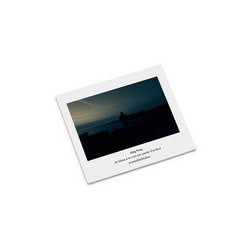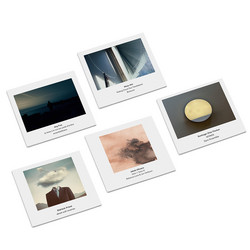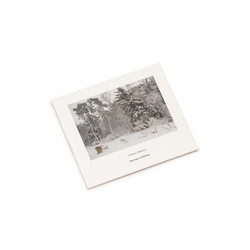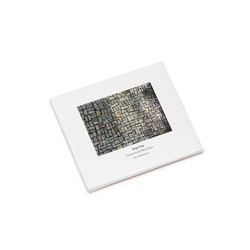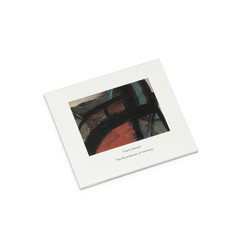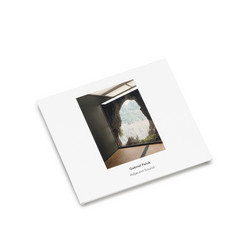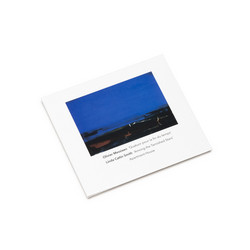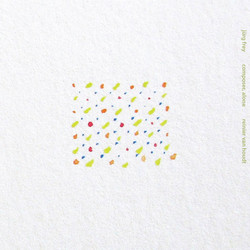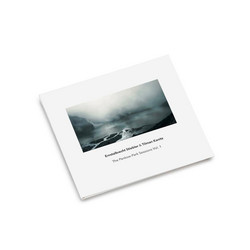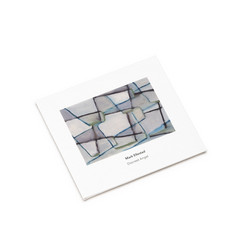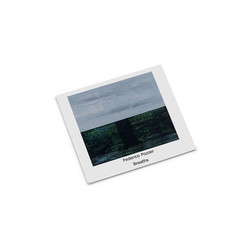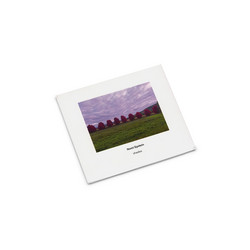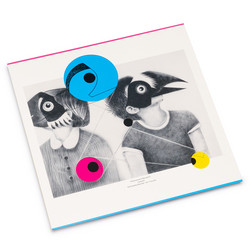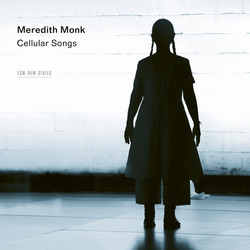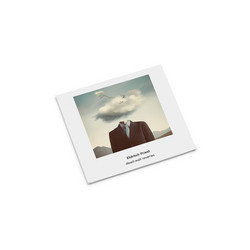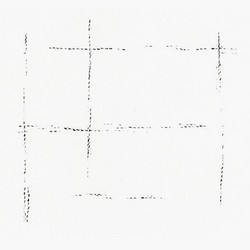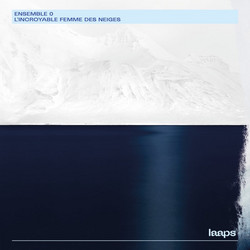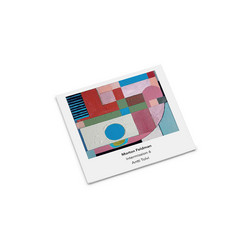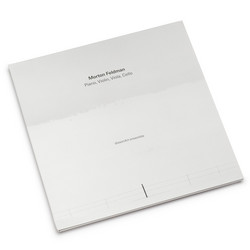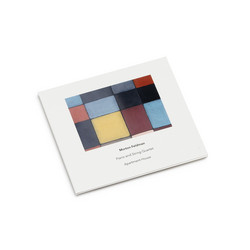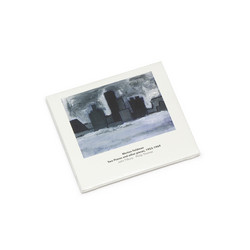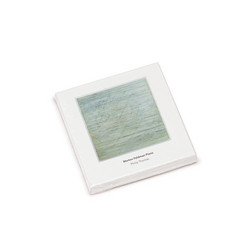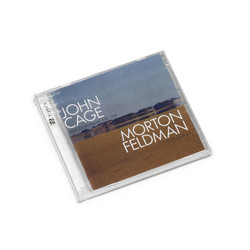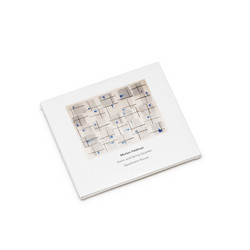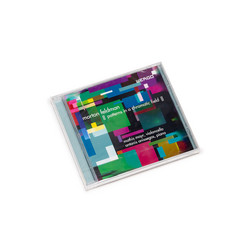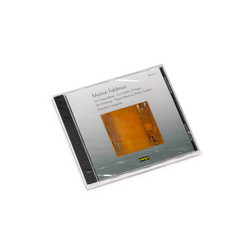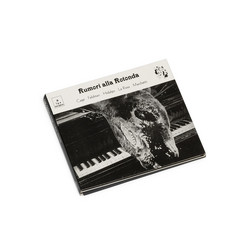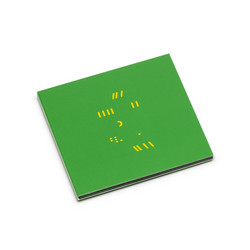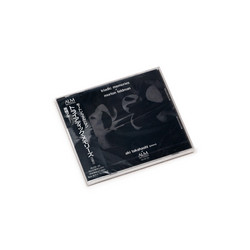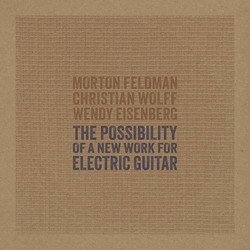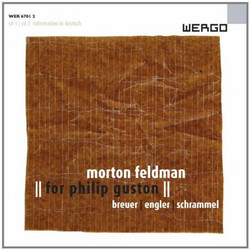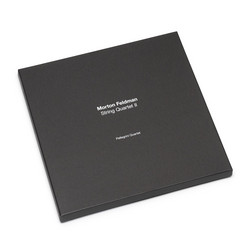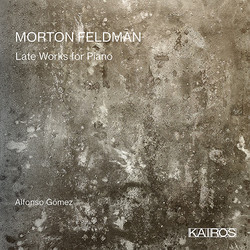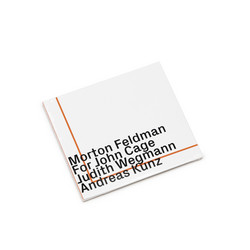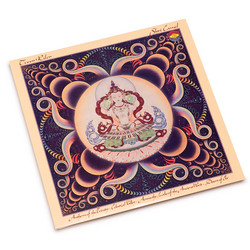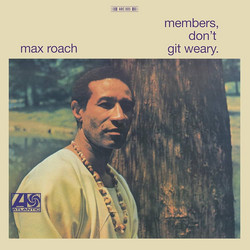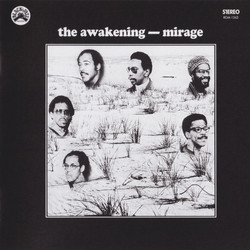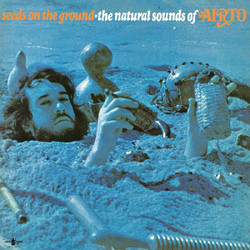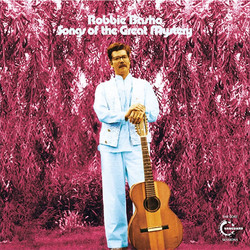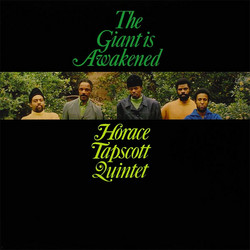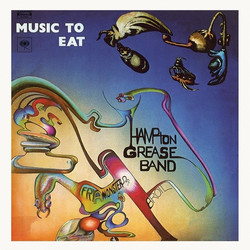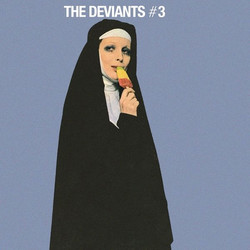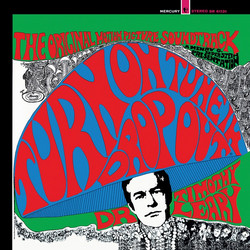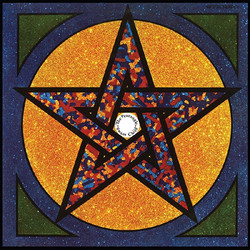Rothko Chapel, composed by Morton Feldman in 1971, stands as a profound sonic counterpart to the chapel’s visual art, a space designed to house Mark Rothko’s intense, dark canvases. This composition, scored for solo viola, alto and soprano voices, mixed chorus, celesta, and percussion, envelops listeners in a meditative quietude where isolated notes and chords fade before the next arise, mirroring Rothko’s paintings’ immersive and elusive luminosity. The music refuses traditional narrative or dramatic climax, instead navigating the thresholds where silence and sound converge to create a spiritual stillness unique to Feldman’s minimalism.
Feldman’s relationship with Rothko was deeply personal and artistic, sharing an understanding of how art can evoke the numinous. The composition’s central moments linger on a nebulous six-note chord held softly by the choir, with the interplay of chimes and percussion suggesting a slow revelation of light through darkness. The viola carries a quasi-Hebraic melody near the end, offering a moment of lyricism that contrasts with the piece’s otherwise spare textures, hinting at both Jewish musical heritage and a universal longing. This work remains one of Feldman’s most performed pieces, appreciated for its quiet power and contemplative depth.
In the companion piece, For Frank O’Hara, Feldman pays homage to the late poet with a composition that is more intimate and melodically tender, reflecting the nuances of Frank O’Hara’s own subtle emotional range. Together, these works highlight Feldman’s mastery in crafting soundscapes that invite introspection, patience, and a deep engagement with the moment. The LP is not merely an auditory experience but a spatial and philosophical journey into abstraction, memory, and reverence.
Rothko Chapel and For Frank O’Hara exemplify Feldman’s radical minimalism and his ability to transform the listening environment into a sacred space. Listeners encounter music that demands a quiet attentiveness, where the interplay of sound and silence echoes the visual and emotional textures of Rothko’s paintings, making this album an enduring testament to the collaboration between visual and musical artistry.
